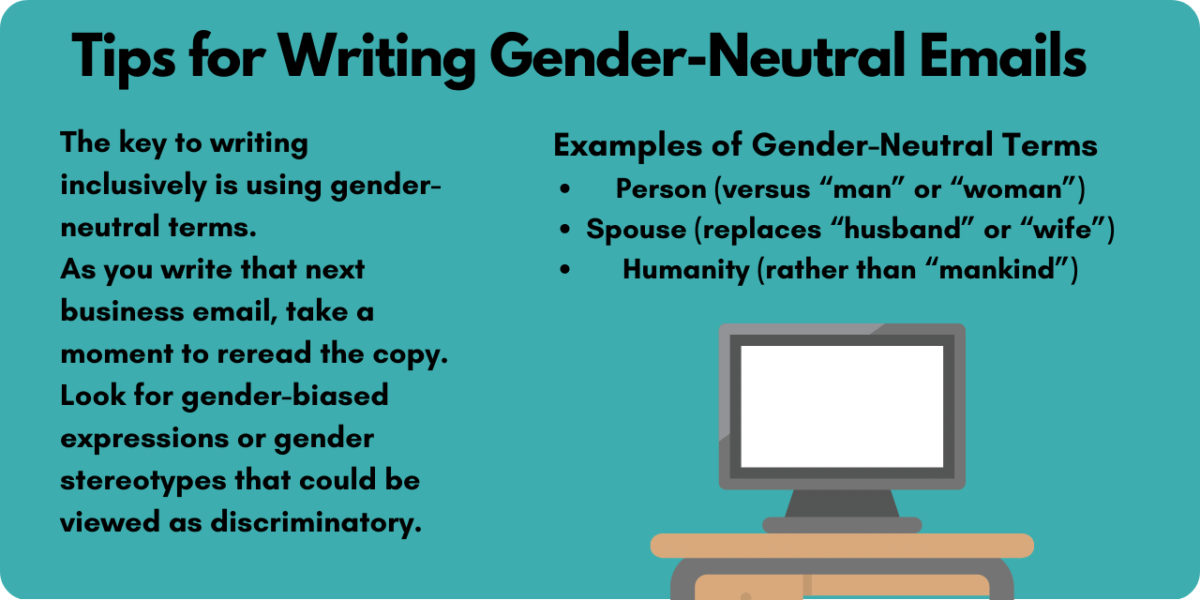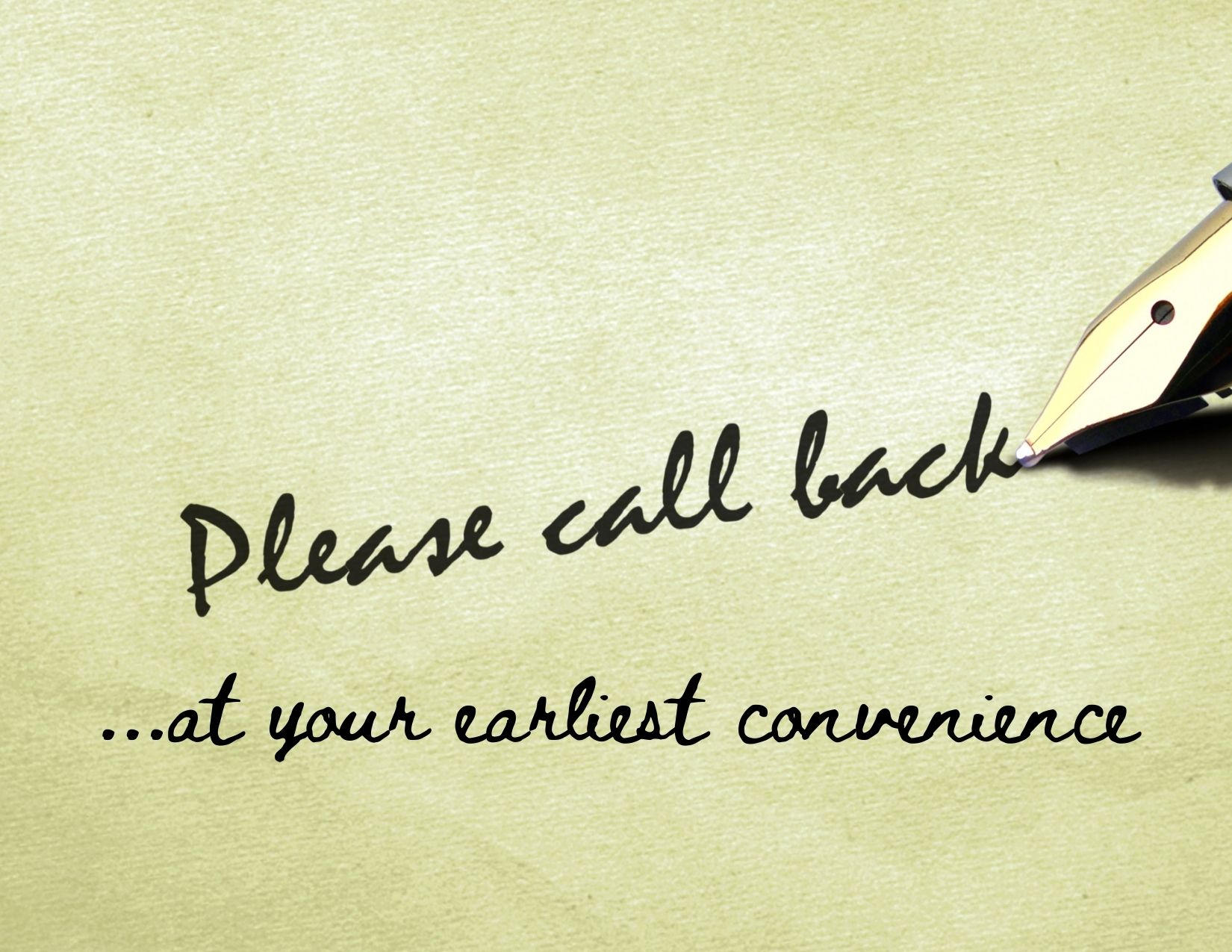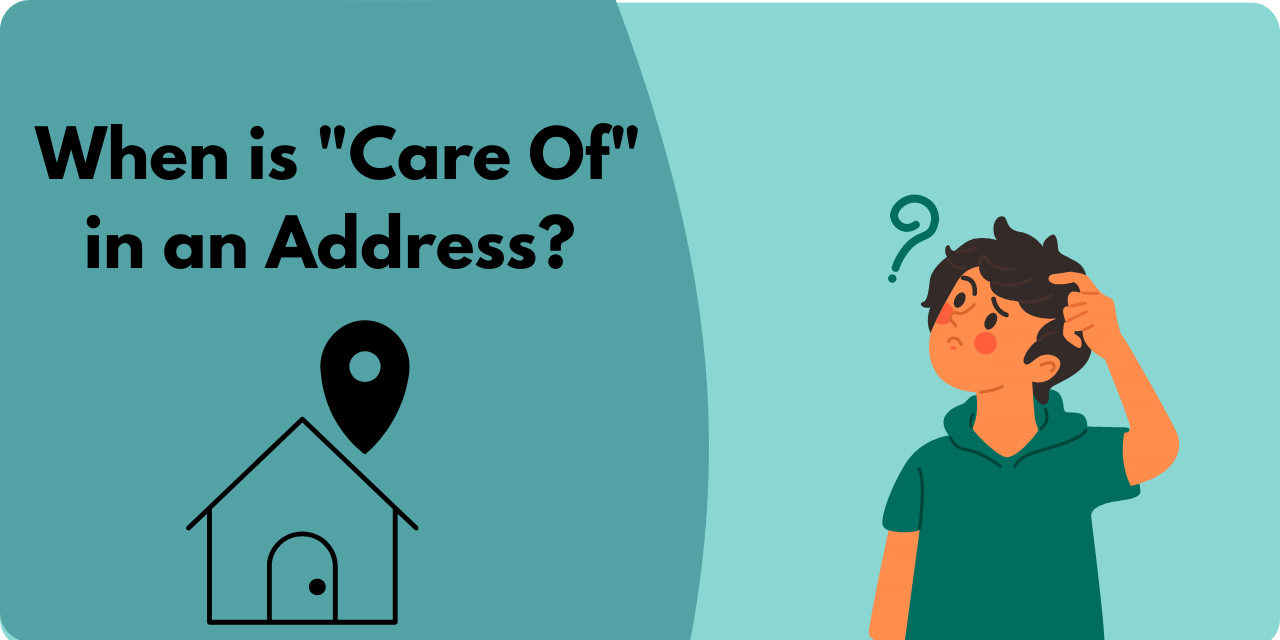Gender-neutral language writing strategies are becoming increasingly popular. The goal is to write or speak using non-discriminatory language and to avoid gender-biased expressions or stereotypes. This will enable you to more easily connect with your audience and allow everyone to feel appreciated. So then, here are some simple techniques for writing gender-neutral emails.
Gender Inclusivity
Your goal is to write using language that is positive to all. And knowing how to write in a gender-inclusive format is another tool to add to your writer’s toolbox. Some situations that might call for gender inclusivity in business communication may include:
- Addressing individuals whose gender is unknown
- Addressing individuals who do not identify with either masculine or feminine gender (non-binary)
- Or addressing a diverse group
Addressing Gender-Neutral Emails
Old habits are hard to break. Most languages have a foundation of gender binary. So we tend to think and speak in terms of “man” or “woman.” And this spills over into our business communication and emails. For instance, what do you do when you address an email to a person you don’t know? Our English teachers taught us to use “Dear Sir or Madam.” It covered both sexes and was a polite form of address. Today we refer to this as “non-sexist writing”—meaning it is inclusive of men and women. However, the old approach may no longer fit today’s world. It could offend or alienate your reader who doesn’t identify with “Sir” or “Madam.”
Here are a few tips to solve this dilemma:
When writing to a specific person, use this format: Dear + name (or initials) + last name
Like this:
Use: Dear Jane Smith
Avoid: Dear Ms. Smith
When writing to an unknown receiver, use this format: Generic salutation (Dear or Hello)
Like this:
Use: Dear Homeowner
Avoid: Dear Sir
Use: Dear Customer Service Account Manager
Avoid: Dear Sir or Madam
When using “Dear” followed by a noun(s), remember to capitalize the noun as well. And in your email message, you can use “Hello” as the salutation followed by a comma. In general, one should avoid using Dear Sir or Madam.
When to Use Gender-Specific Courtesy Titles
Of course, there are times when you can use standard courtesy titles such as “Mr.” or “Mrs.” These forms of titles and greetings are commonly used to indicate respect. And you can use these when corresponding with a customer, client, or co-worker that you know identifies with the masculine or feminine gender. Rely on standard business writing practices when appropriate. But when in doubt, try to be as inclusive as possible.
How to Write Gender-Neutral Emails

The key to writing inclusively is using gender-neutral terms. Here are a few examples of gender-inclusive nouns:
- Person (versus “man” or “woman”)
- Spouse (replaces “husband” or “wife”)
- Humanity (rather than “mankind”)
- Property owner (versus “landlady”)
- Salesperson (replaces “salesman” or “saleswoman”)
- Councilperson (versus “councilman” or “councilwoman”)
Use gender-inclusive pronouns or eliminate the pronoun with an article. Like this:
Use: Please send your CV and application to our office.
Avoid: Applicants for the position must send his or her CV and application to our office.
Use: Each employee needs to send a photo.
Avoid: Each employee needs to send his or her photo.
Avoid Gender-Biased Expressions and Stereotypes
Gender bias is defined as the tendency to prefer or elevate one gender over another. As you write that next business email, take a moment to reread the copy. Look for gender-biased expressions or gender stereotypes that could be viewed as discriminatory. They might even be everyday expressions you’ve heard (or even said), not giving it much thought. But with fresh eyes, you discern an underlying meaning that could offend. For example:
- Men just don’t get it.
- Jill fights like a girl.
- The girls in the office are such gossips.
If you are sending an email invitation to an event, which sentence is more inclusive and removes gender-biased expressions?
Guests are invited to attend with their wives.
Guests are invited to attend with their partners.
The second example highlights two things: (1) The guest could be either the masculine or feminine gender, and (2) The partner could be either the masculine or feminine gender.
Closing Your Email
This is the easy part—complimentary closes are all gender-neutral (in English) and therefore present no gender-inclusive business communication problem. Some examples of standard closes are:
- Sincerely,
- Yours truly,
- Regards,
You can master the art of writing gender-neutral emails that are inclusive of all gender identities. And doing so will allow you to keep the lines of business communication open and positive.






